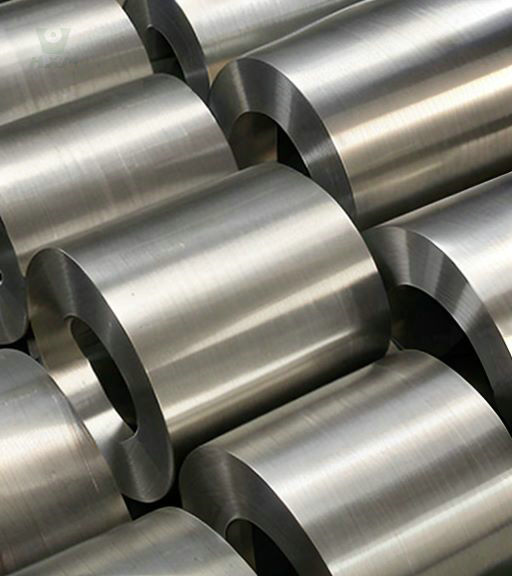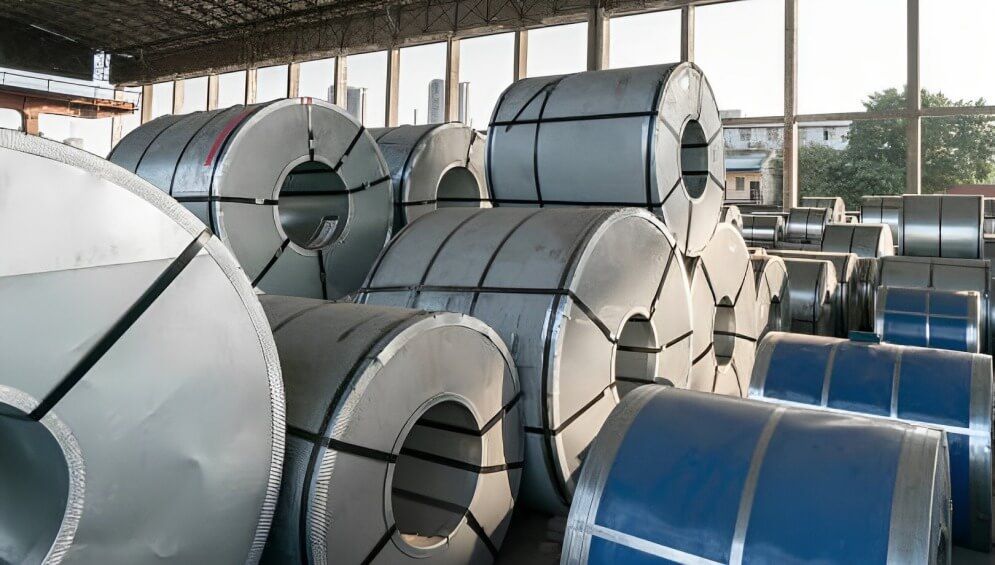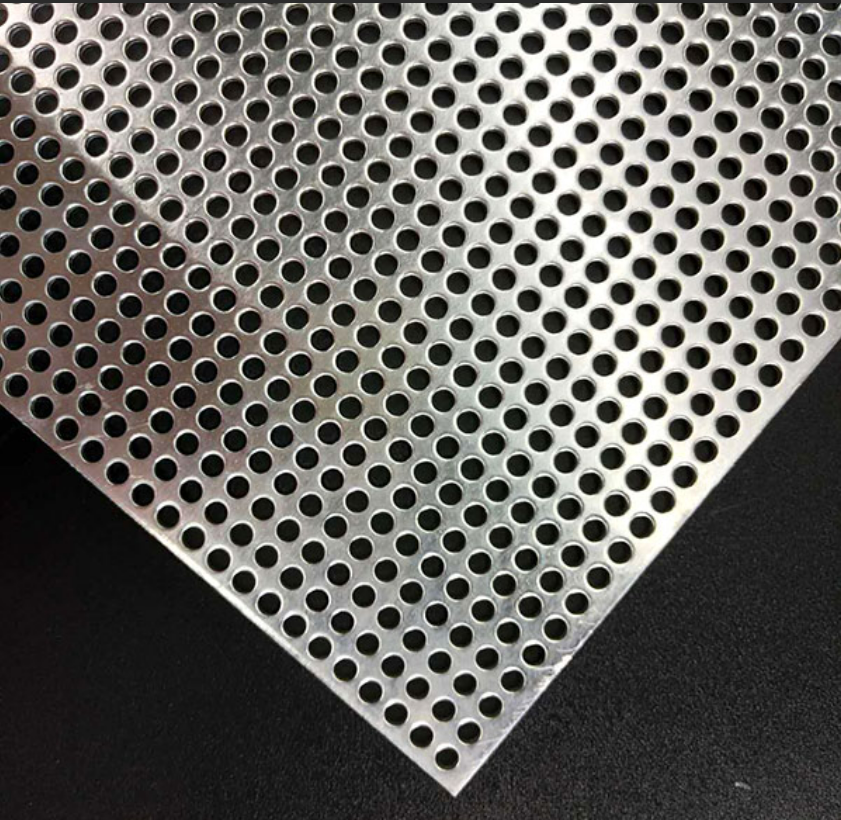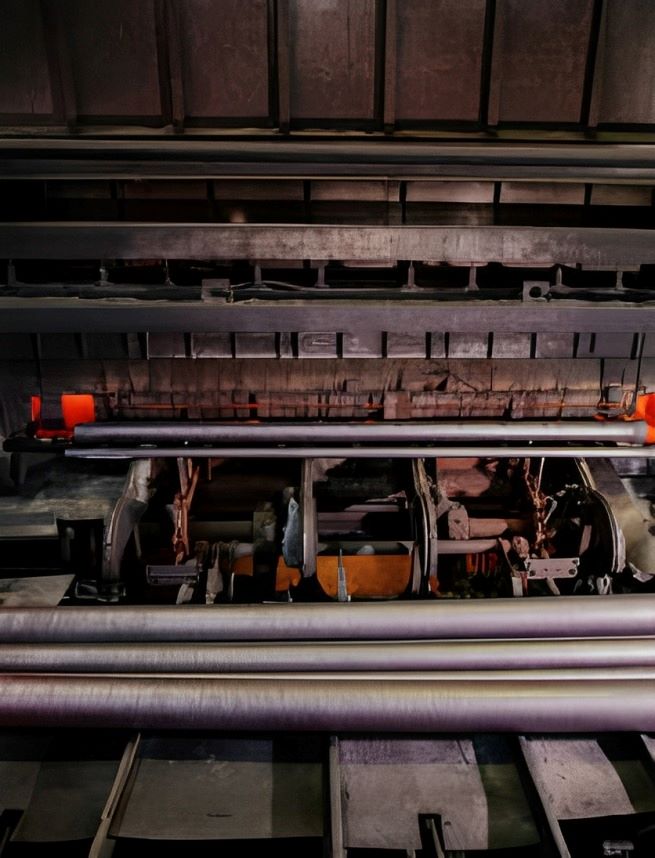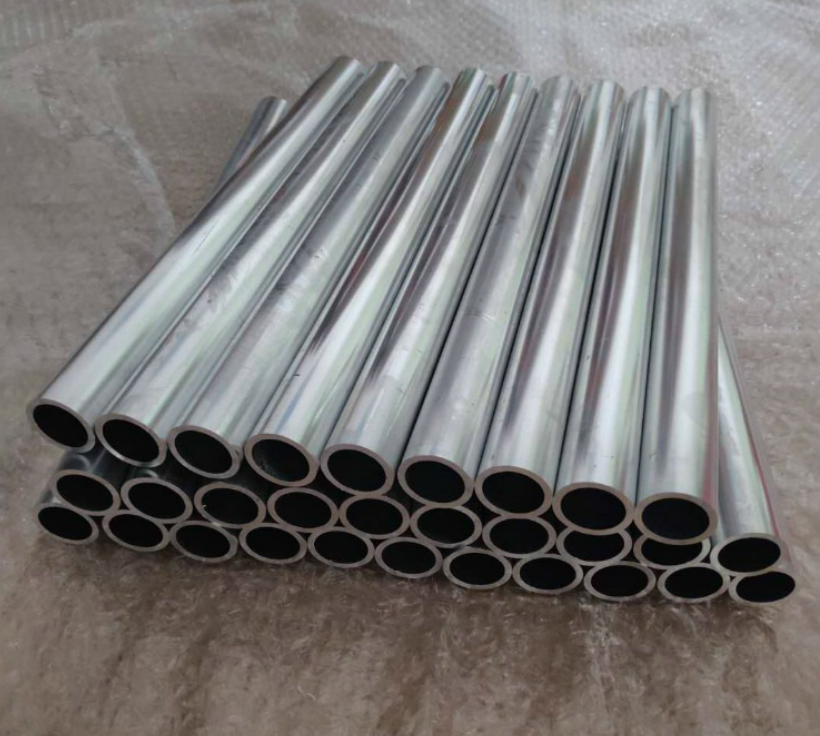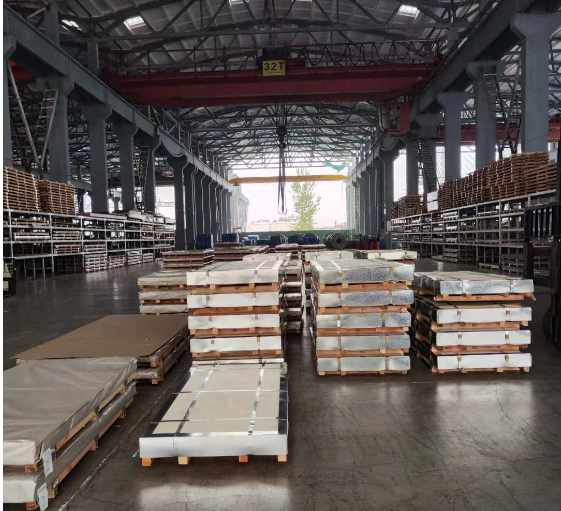How To Drill Through Stainless Steel?
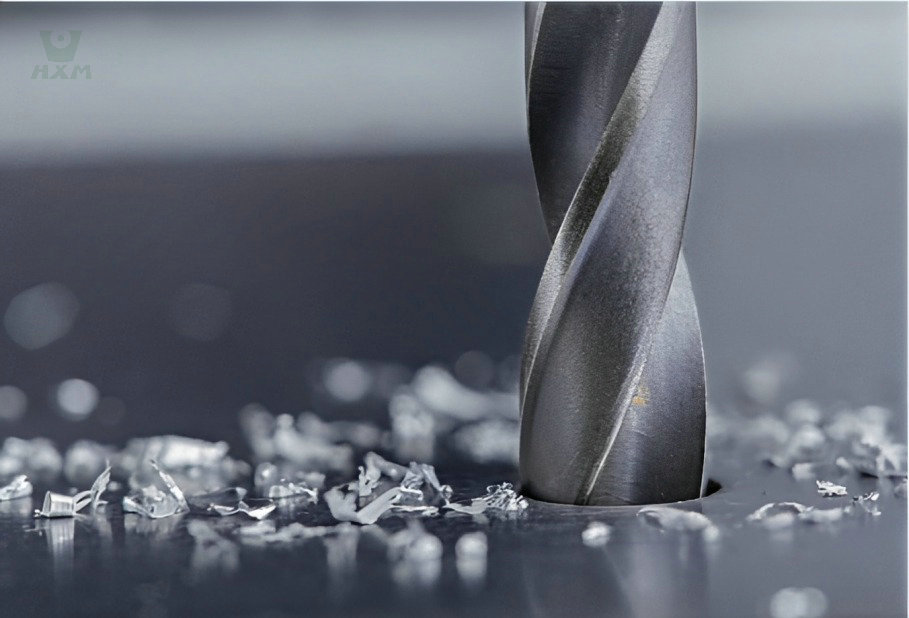
-Huaxiao Stainless Steel Supplier
Have you ever encountered the frustration of mounting a sleek, stainless steel kitchen shelf or attempting a repair on your stainless steel appliances, only to be halted by the challenge of drilling through this robust material? Stainless steel is all around us in our daily lives, from kitchen appliances to jewelry, but its durability can also pose a significant challenge when you need to create holes for various purposes. In this guide on ‘How To Drill Through Stainless Steel,’ we’ll equip you with the knowledge and techniques needed to tackle these everyday tasks with confidence. Say goodbye to the struggles and hello to a world of possibilities as you master the art of drilling through stainless steel.
how to drill through stainless steel
To drill through stainless steel, follow these steps:
Choose the Right Drill Bit: Select a high-speed steel or cobalt drill bit designed for metal drilling. Ensure the bit is sharp and in good condition.
Secure Your Workpiece: Clamp or secure the stainless steel firmly to prevent movement during drilling.
Lubrication: Apply cutting oil or a lubricant to the drilling area to reduce heat and friction.
Drilling Speed: Use a slow drill speed to avoid overheating and work-hardening the stainless steel.
Gradual Pressure: Start with low pressure and increase gradually to prevent the bit from wandering.
Cooling Breaks: Take short breaks during drilling to cool down the metal and lubricate the bit.
By following these steps, you can successfully drill through stainless steel.
Choosing the Right Drill Bit
The choice of the right drill bit is of utmost significance when you’re planning to drill through stainless steel. Stainless steel is a tough and resilient material that can quickly wear down ordinary drill bits, leading to inefficient results.
the significance of the drill bit selection
Here’s why drill bit selection is crucial:
- Material Compatibility: Stainless steel requires specialized drill bits designed to cut through its hardness effectively. High-speed steel (HSS) and cobalt drill bits are common choices due to their strength and heat resistance. Tungsten carbide or carbide-tipped bits are also suitable for even more robust stainless steel varieties.
- Preventing Bit Dullness: Using an unsuitable drill bit can lead to quick dulling or overheating, making the drilling process slower and more challenging. Specialized drill bits maintain their sharpness and are less likely to get overheated.
- Precision and Clean Cuts: The right drill bit ensures cleaner, more precise holes in stainless steel. It minimizes the chances of burring or damaging the material's surface.
When selecting a drill bit, consult with a stainless steel supplier or a professional who can recommend the best type and size of drill bit for your specific stainless steel application. Making an informed choice in drill bit selection can significantly impact the efficiency and success of your stainless steel drilling project.
Types of drill bits suitable for stainless steel
To effectively drill through stainless steel, you need to choose the right type of drill bit. Stainless steel is a hard, tough material that can quickly wear down ordinary bits. Here are the types of drill bits suitable for stainless steel:
- High-Speed Steel (HSS) Drill Bits: These bits are a popular choice for drilling stainless steel. HSS drill bits are made of high-speed steel, which is known for its durability and heat resistance. They can effectively cut through stainless steel, but may become dull over time with extensive use.
- Cobalt Drill Bits: Cobalt drill bits are an excellent option for drilling into stainless steel. They contain a high percentage of cobalt, which enhances their heat resistance and longevity. Cobalt drill bits maintain their sharpness and cutting edge even during tough stainless steel drilling.
- Carbide Drill Bits: Carbide or carbide-tipped bits are suitable for more challenging stainless steel varieties. They are incredibly hard and heat-resistant, making them ideal for drilling through hardened or heat-treated stainless steel.
- Titanium Nitride (TiN) Coated Drill Bits: These drill bits have a titanium nitride coating, which provides additional durability and heat resistance. The coating helps reduce friction and heat during drilling, extending the life of the bit.
- Black Oxide Drill Bits: Black oxide-coated bits offer good heat resistance and help improve cutting speed. They are a cost-effective option for drilling stainless steel.
When selecting a drill bit, consider the specific type of stainless steel you are working with and the thickness of the material. Consult with a stainless steel supplier or a professional if you’re unsure which drill bit is best suited for your project. The choice of the right drill bit is crucial for achieving precise, clean holes in stainless steel.
What type of drill bit is best for
drilling through stainless steel?
When it comes to drill through stainless steel, selecting the appropriate drill bit is crucial for achieving efficient and precise results. The best type of drill bit for drill through stainless steel is typically a high-speed steel (HSS) or cobalt drill bit.
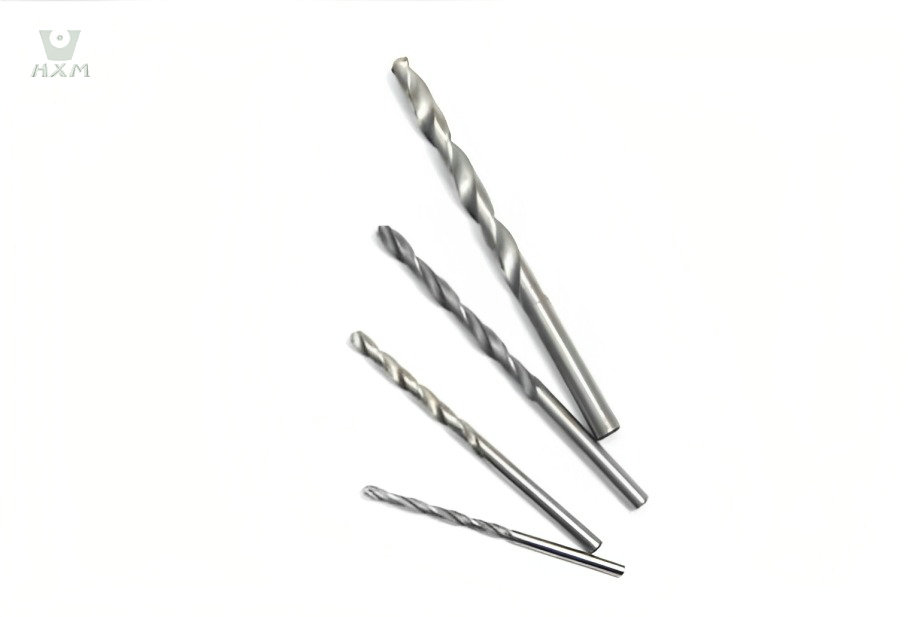
-Huaxiao Stainless Steel Supplier
High-Speed Steel (HSS) Drill Bits
HSS drill bits are made from a durable and heat-resistant alloy of steel, which enables them to withstand the high temperatures generated during drilling. These drill bits have a sharp cutting edge that helps penetrate the tough surface of stainless steel effectively. HSS drill bits are suitable for drill through thinner stainless steel sheets or materials with a lower hardness level.
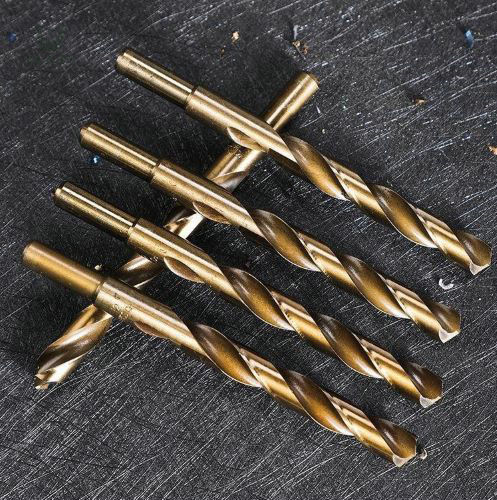
-Huaxiao Stainless Steel Supplier
Cobalt Drill Bits
Cobalt drill bits are an excellent choice for drill through harder stainless steel materials. They are made from high-speed steel alloyed with cobalt, which enhances their strength, heat resistance, and durability. Cobalt drill bits can withstand the intense heat generated during drilling, making them highly suitable for drilling through thicker stainless steel plates or materials with higher hardness levels.
Both HSS and cobalt drill bits are available in various sizes and configurations, including twist drills and step drills. When selecting the drill bit size, consider the diameter of the hole you intend to drill. It is crucial to choose a drill bit with a sharp cutting edge and proper geometry to ensure clean and accurate holes.
To maximize the performance and lifespan of the drill bits, it is important to use appropriate cutting lubricants such as cutting oil or mineral oil while drill through stainless steel. Lubrication helps to reduce friction, dissipate heat, and prevent premature dulling or overheating of the drill bit.
Remember to adjust the drill speed appropriately when using HSS or cobalt drill bits for stainless steel. A slower rotational speed is recommended to minimize heat buildup and prevent damage to the drill bit or workpiece.
By using the right type of drill bit, considering the material’s hardness and thickness, and employing proper drilling techniques, you can achieve successful drilling results when working with stainless steel.
It’s important to note that stainless steel comes in various grades and hardness levels, so the choice of drill bit may also depend on the specific stainless steel material you are working with. Consult with your stainless steel supplier to determine the appropriate drill bit based on the specific grade and hardness of the stainless steel you intend to drill.
By partnering with a reputable stainless steel supplier, you can access their expertise and guidance in selecting the most suitable drill bits for your drilling requirements. They can provide recommendations based on the specific stainless steel grade, thickness, and drilling application, ensuring that you have the best tools for successful drilling through stainless steel.
preparation
A. Securing the Stainless Steel: Before drilling, it’s crucial to secure the stainless steel workpiece properly. This can be done by clamping it to a stable surface like a workbench. Secure clamps or a vise can prevent the material from moving or vibrating during drilling, ensuring precise holes and safety.
B. Methods to Ensure Stability: To ensure stability, you can use techniques like center punching or creating a small divot where you intend to drill. This provides a starting point for the drill bit, reducing the chances of it wandering off course. Also, consider using cutting fluid or lubricant to cool and lubricate the drilling area, which can enhance stability and drilling efficiency.
Safety Measures:
A. Essential Safety Gear: When drill through stainless steel, it’s vital to wear the appropriate safety gear. This includes safety glasses or goggles to protect your eyes from metal chips and debris. Additionally, using hearing protection, such as earplugs, is advisable to minimize noise exposure. Wearing gloves and long sleeves can protect your hands and arms from sharp edges and hot metal.
B. Maintaining Safety During the Process: Safety during the drilling process involves maintaining a stable work area, free of trip hazards, and ensuring proper ventilation if you’re using cutting fluid. Always maintain a firm grip on the drill and maintain proper body posture to prevent strain. Be cautious of hot metal shavings and the heat generated during drilling. After the drilling process, ensure that the workpiece and surrounding area are clean and free from any potential hazards.
Remember that working with stainless steel can generate high temperatures and produce sharp metal fragments. Staying vigilant, following safety precautions, and using the appropriate equipment will help you complete your drilling tasks safely and effectively.
Consult with your stainless steel supplier for any additional safety recommendations specific to the stainless steel you are working with.
Lubrication and Cooling
The role of cutting oil or lubricants
The role of cutting oil or lubricants in drill through stainless steel is of paramount importance. Stainless steel is a hard and tough material, and using a cutting oil or lubricant serves several critical functions:
- Heat Dissipation: Drilling generates heat, especially when working with hard metals like stainless steel. This heat can cause the drill bit to become dull or the workpiece to overheat. Cutting oil or lubricants help dissipate this heat, preventing overheating and ensuring a longer lifespan for your drill bits.
- Reduced Friction: Stainless steel is known for its low friction coefficient, which can make drilling more challenging. Cutting oil or lubricants reduce the friction between the drill bit and the workpiece, allowing the bit to penetrate the material more easily. This results in smoother drilling, less wear on the tools, and ultimately faster progress.
- Chip Evacuation: When drilling stainless steel, metal shavings can accumulate around the drill bit, potentially jamming it or impairing the quality of the hole. Cutting oil or lubricants help flush away these metal chips, ensuring a cleaner and more efficient drilling process.
- Improved Surface Finish: The use of cutting oil or lubricants can also improve the quality of the hole by reducing burrs or rough edges. This is particularly important if the drilled hole needs to meet specific surface finish standards.
When working with stainless steel, it’s advisable to consult your stainless steel supplier for recommendations on the most suitable cutting oil or lubricants for your specific application. Different stainless steel grades may have varying drilling requirements, and using the right lubricant can make the process smoother and more effective.
Taking cooling breaks to prevent overheating
Taking cooling breaks during the process of drill through stainless steel is crucial to prevent overheating. Stainless steel is a hard and heat-resistant material, and the drilling operation generates significant heat due to the friction between the drill bit and the workpiece. Here’s why cooling breaks are essential:
- Heat Control: Continuous drilling without breaks can cause the drill bit and the stainless steel workpiece to become excessively hot. Elevated temperatures can lead to a decrease in tool life, cause premature dullness of the drill bit, and even affect the quality of the hole being drilled.
- Extended Tool Life: Cooling breaks provide an opportunity for the drill bit to cool down. This prevents excessive heat buildup, preserving the cutting edges and overall integrity of the bit. As a result, the tool's lifespan is extended, saving time and money on replacements.
- Quality of Drilled Hole: Overheating can negatively impact the quality of the hole. It may cause the hole to become distorted, lead to surface imperfections, or result in an imprecise diameter. Cooling breaks help maintain the integrity of the hole and ensure it meets required specifications.
During these cooling breaks, it’s important to let the drill bit and the workpiece cool naturally, and it’s an ideal time to apply cutting oil or lubricants to further aid the drilling process. These breaks, along with the use of suitable lubricants, significantly improve the efficiency and precision of drill through stainless steel.
For specific recommendations on cooling breaks and other drilling techniques when working with stainless steel, it’s advisable to consult your stainless steel supplier. They can provide guidance tailored to your particular stainless steel grade and drilling requirements.
Drilling Techniques
Drill through stainless steel requires specific drilling techniques to ensure precision and efficiency. Here are key drilling techniques, with a focus on the correct drilling speed:
A. The Right Drilling Speed for Stainless Steel: When drill through stainless steel, it’s essential to use the appropriate drilling speed. Stainless steel is a tough material, and drilling too fast or too slow can lead to issues. For stainless steel, a lower drill speed is generally recommended, especially for harder grades. Slower speeds help prevent overheating and extend the life of the drill bit. Your stainless steel supplier can provide recommendations for the ideal drilling speed based on the specific type and thickness of stainless steel you’re working with.
B. Applying Gradual Pressure and Preventing Bit Wandering: Stainless steel can be slippery, making it challenging to keep the drill bit in place. To prevent bit wandering or “walking” on the surface, it’s crucial to start drilling with a center punch mark or a pilot hole. These initial guide points help the drill bit stay in position. When drilling, apply gradual and consistent pressure to avoid forcing the bit, which can lead to overheating and bit damage. Ensure that the drill is level and perpendicular to the workpiece to maintain hole accuracy.
Remember that the best drilling techniques can vary depending on the specific grade and thickness of the stainless steel. Consult your stainless steel supplier for guidance tailored to your project’s requirements. They can provide valuable insights to optimize the drilling process and achieve precise results while minimizing the risk of damaging the stainless steel or the drill bit.
conclusion
In conclusion, drill through stainless steel may seem like a challenging task, but with the right techniques and equipment, it can be done efficiently and effectively. Here’s a brief summary of the key points:
- Select the appropriate drill bits for stainless steel, considering the material’s hardness and thickness.
- Secure your workpiece and ensure it remains stable during drilling.
- Prioritize safety with the use of protective gear, and maintain safe practices throughout the process.
- Utilize cutting oil or lubricants to reduce friction and heat during drilling.
- Take cooling breaks to prevent overheating, especially when working with thicker stainless steel.
- Apply the right drilling speed, which may vary based on the specific stainless steel type.
- Use gradual pressure and guide points to prevent bit wandering and maintain hole accuracy.
It’s important to recognize that mastering the art of drilling through stainless steel takes practice. As you become more familiar with the material and the techniques involved, your results will improve. Whether you’re working on a DIY project or a professional application, don’t hesitate to reach out to your stainless steel supplier for expert advice and guidance tailored to your specific needs. With the right approach, you can achieve accurate and clean holes in stainless steel, opening up a world of possibilities for your projects.
By applying the knowledge and techniques discussed in this guide, you’ll be better equipped to tackle drilling through stainless steel with confidence and precision. Your stainless steel supplier can be a valuable partner in your endeavors, providing the expertise and materials required for successful outcomes.


